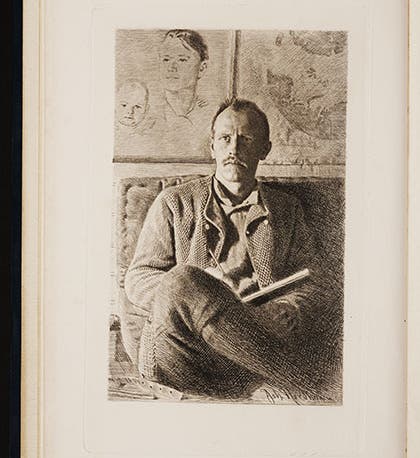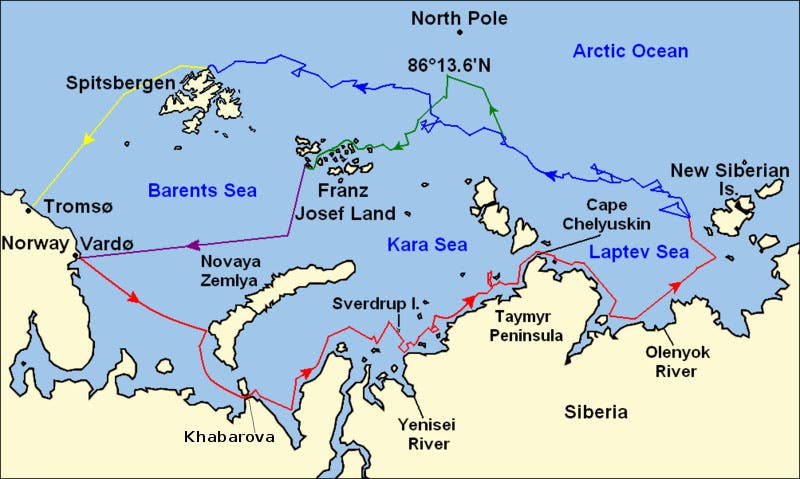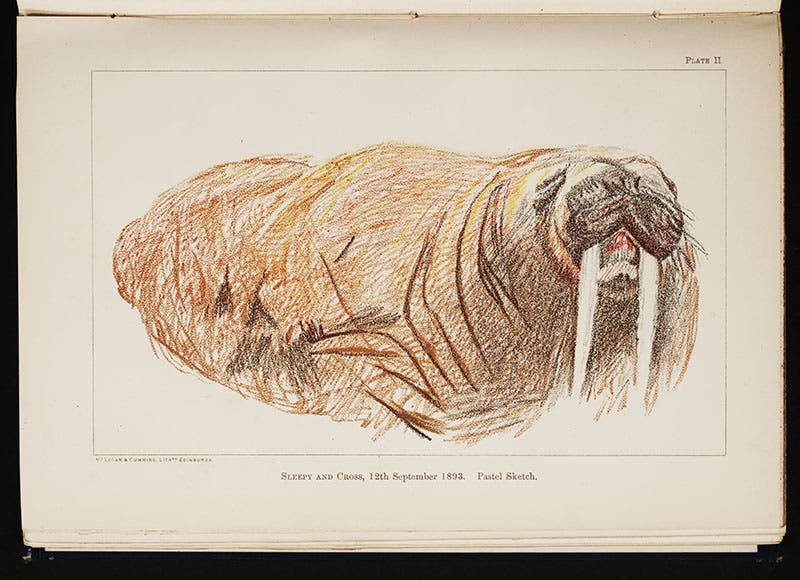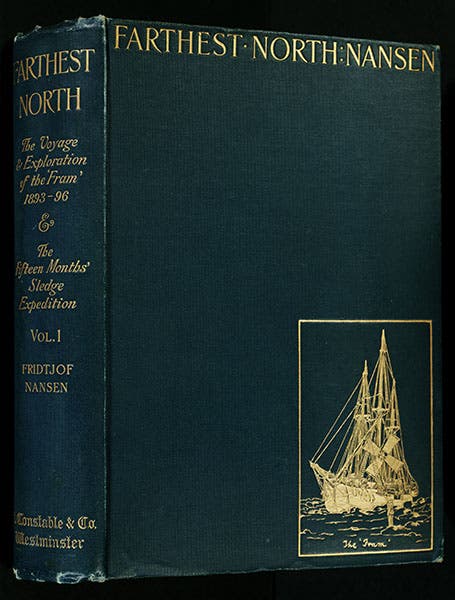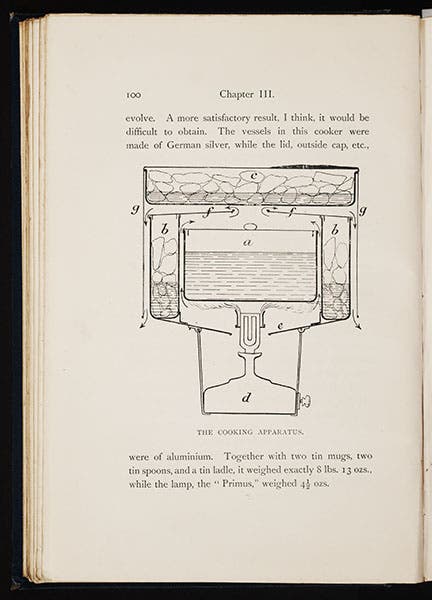Scientist of the Day - Fridtjov Nansen
Fridtjof Nansen, a Norwegian explorer, was born Oct. 10, 1861. After becoming the first person to cross Greenland on skis in 1888, Nansen shifted his attention to the North Pole, and he became convinced that if a ship entered the pack ice in the Arctic Ocean north of Siberia, the prevailing currents would carry the ice, and the embedded ship, over the Pole in less than 5 years. So he had a special ship constructed, the Fram, which was a thing of beauty, all rounded curves of tropical hardwood, built to resist the pressure of the ice, and he set out on the Fram with a crew of 12 in 1893. After drifting for two years, Nansen calculated they were going to pass well south of the Pole, so he and a companion set off on skis with sledges and kayaks in tow to seek the Pole on foot. They got as far north as 86°13', a record at the time, before Nansen decided they had to turn back. They eventually reached Franz Josef Land archipelago in August of 1895, had to winter over in a hand-built hut, and were not rescued until March of 1896, about the same time that the Fram, freed from the ice pack, steamed into Spitsbergen.
On the map, the path of the Fram locked into the Arctic ice is shown in blue (moving from right to left), and the trek on foot by Nansen is indicated in green. Nansen and the Fram were reunited in Norway in August of 1896, where Nansen instantly became a national hero.
Nansen wrote a 2-volume narrative, Farthest North, which he sold for a fortune to eager publishers in 1897, and between 1900 and 1906 he published the scientific results of the expedition in 6 large volumes. We have both sets in the Library. Farthest North include a number of watercolors by Nansen of the arctic scenery; most are fairly bland; we include two here that are more compelling, especially the walrus.
The cover of the first volume has an image of the Fram embossed in gold.
One of the interesting features of the 1893 Fram voyage is that this was the first expedition anywhere to carry the new Primus stove. The Primus stove was one of the great inventions of the late 19th century. It was a portable petroleum stove, but unlike traditional kerosene burners, which used a wick and produced more soot than heat, the Primus stove used a small thumb-pump to pressurize the petroleum so that it vaporized easily and burned without a wick, and it was virtually soot less.
Anyone who has done any wilderness backpacking has carried a modern version of the Primus stove, and it doesn't look much different from the original. The Primus was introduced in 1892 and it immediately attracted the attention of Nansen, who took at least two aboard the Fram, and he used them exclusively for cooking and melting ice on his 15-month trek over the ice. He even provided a diagram of his Primus stove in Farthest North (last image).
Dr. William B. Ashworth, Jr., Consultant for the History of Science, Linda Hall Library and Associate Professor, Department of History, University of Missouri-Kansas City. Comments or corrections are welcome; please direct to ashworthw@umkc.edu.

